Many people claim that they can predict bad weather relying on the pain they feel in their knees or other joints and tendons. While this can cause a smile, there is a certain truth in these words. Cold weather does affect our body and especially our knees.
While joint pain can be a signal of an injury or any other serious condition, low-level pain or stiffness can be related to cold weather. Physical therapists and doctors often meet with patients who complain that they experience pain, stiffness or aching during rain or colder months, especially after a long run or other physical activity. Pain can be felt in any part of the body but the complaints are most often related to weight-bearing joints like the knees, ankles, and hips.
If your knees hurt in cold weather, you may be one of the thousand people suffering from this syndrome and there are several ways to relieve the pain – more movement, stretching, diet, supporting knee braces or sleeves.
How does the cold affect knee pain?
The idea of cold weather causing pain to joints sounds a bit strange to those who have not experienced knee pain in the winter months. The truth is that something in the cold weather does affect our joints but it is still not quite clear what exactly makes our knees ache. There is no sufficient research to prove what happens inside our body in the colder weather, however, there are a few theories.
One of the theories that explain why lower or dropping temperatures affect joints is related to barometric pressure. When it drops it causes tendons, muscles, and the tissue surrounding them to expand. As a result, there is less space in the body and especially in joints, which causes the pain. The theory is that cold and damp weather and the changes in the barometric pressure cause an inflammatory response in the joints, which may change blood circulation and lead to nerve fiber sensitivity. Hence, comes the pain in our knees. The feeling is even more acute if you have joints affected by arthritis or if you are suffering from any other injury. People with chronic pain and aches complain that they are getting worse in cold weather and look for ways to reduce knee pain.
According to another theory the body tries to conserve heat in the cold weather. It sends more heat to the vital internal organs such as the lungs, heart, and therefore there is lesser blood flow to the peripheral organs. Arms, legs, shoulders, knee joints get less blood and their blood vessels constrict, which makes them colder and stiffer. As a result, we feel discomfort and often pain.
Is everybody susceptible to knee pain in the cold?
Different people react in a different way to weather changes. Not all of us experience knee pain when the weather gets damper or colder. Everybody’s body reacts to the changes in temperature and barometric pressure but not necessarily with such greater discomfort as those who suffer from chronic pain, for example. Older people also feel more acute pains and stiffness, which is often related to the lack of movement in combination with any other medical problems. People suffering from arthritis will complain more during the winter months.
In addition to that, bad weather also affects our mood, which can make things worse. If you are feeling sad or depressed this can increase your perception of pain.
How to reduce knee pain?
When it comes to experiencing knee pain or any other type of stiffness or aches, we want to know which are the best ways to reduce the discomfort. When the colder weather comes, most of us experience knee pain and actually it is quite easy to reduce the pain. There are several approaches that include a better diet, more movement and some additional help for the knee joints that can make us feel much better in winter days.
- Healthier diet and way of living
One of the best ways to improve your overall health is by maintaining a better way of living which includes changing your diet as well. A lower weight means less pressure on the joints and hence less pain. You can use these three approaches to improve the way you feel, especially in the colder months.
- Eat healthily
A healthier diet is the key to having stronger joints. Knowing what foods can help you and which to avoid is essential for reducing pain. It is a good idea to consult a nutritionist who can give you ideas in line with your personal needs and overall lifestyle.
In general, it is good to add more foods that are rich in Omega-3 fatty acids such as nuts and salmon. They will help your body prevent inflammations. Vitamin K intake reduces pain and you can find it in greens like spinach, cabbage, and kale. Vitamin C helps reduce cartilage loss and hence the pain, especially for people who are prone to or suffering from arthritis. Oranges, sweet red peppers, tomatoes, and other fruits and vegetables rich in vitamin C should be part of your diet not only in the colder months of the year.
It is also necessary to avoid certain foods. Corn oil, for example, is rich in Omega-6 fatty acids, which can trigger inflammation. Refined grains are also believed to have the same negative effect, while whole grains, which are rich in fibers can reduce it.
- Take supplements
Certain supplements can help directly to your joints by nourishing cartilage and increasing lubrication. Glucosamine and chondroitin are quite useful in this direction. Vitamin D3 is also essential for bone strength and especially in the winter season, we need to supplement our body. Always make sure to consult a health specialist who can prescribe the right dose for you since those supplements can react to other medications that you might be taking.
- Sleep well
Sleep is vital for the functioning of our body. A good night’s sleep reduces stress and helps your body revive from the daily activities.
- Be active
While runners quite often complain from knee pain in the winter months, the key to reducing the discomfort is actually to train properly and stay active. Exercise actually helps lubricate joints and hence reduce discomfort. Therefore, it is necessary to keep exercising – you can do it either outdoors or indoors depending on your preferences. The secret is to warm up and stretch before exercise. This will loosen stiff joints and prevent injuries.
In case you are going for a run outside, make sure that you are wearing the appropriate clothing and that you are not cold.
Building muscles and bone strength by exercising will reduce the pressure on your joints and help you avoid injuries and reduce pain if any. It is also necessary not to overwork or add unnecessary strain on your joints.
- Use a knee support
If you experience knee pain and discomfort, this is a sign that something is wrong with the joints. Quite often, the problem may be mild and all you need is just additional support so that you can continue doing your everyday activities or exercise properly. A knee support brace can help with that. It is necessary, however, to learn what is a knee support brace and choose the one that fits your condition. It is always better to consult your doctor who can prescribe the right knee support for you.
Runners and active athletes know the benefits of using knee support during their workouts and we can follow their example.
What are cold knees?
Some people complain of having cold knees, which has nothing to do with the weather but the feeling can worsen when it is cold. The sensation of motion problems, cold and knee pain can prevent you from functioning properly and can be caused by a variety of conditions. Here is a list of the most common triggers of the “cold knees” phenomenon”
- Osteoarthritis
Arthritis causes inflammation in the joints and is one of the most common reasons why people complain of knee pain. It is caused by a wear and tear of the cartilage in the joint. People suffering from arthritis complain of pain, swelling, stiffness and quite often have a lower pressure pain threshold in the knee. The symptoms usually worsen during damp and cold weather. A study reveals that women suffering from “cold knees” complain more often about the cold weather affecting their condition compared to men.
- Peripheral neuropathy
In case of a damage to the peripheral nerves, you can suffer from peripheral neuropathy, which affects hands and feet but can also cause problems with knees. Basically, this condition means that there is no good communication between your central nervous system and the rest of your body. If the transmission is not proper this can cause different pain, sensitivity to touch or numbness in your feet and hands. Peripheral neuropathy is caused by a series of infections, autoimmune diseases or other conditions such as diabetes.
- Raynaud’s phenomenon
This condition means that you experience episodes of narrowing of your blood vessels, which can be triggered by stress or cold temperatures. As a result of the vasospasms, as they are called, you may feel your fingers and toes cold and numb, and they can turn pale. The condition can also affect your legs and knees and can be one of the reasons you feel pain in the knees in the cold weather.
There are a few other serious health conditions that can cause knee pain, which is increased in bad weather. If you experience any of the symptoms, you need to see a doctor immediately.
When should I see a doctor?
While milder pain in the knee caused by cold weather is ok, it is always good to consult a doctor and check that there is nothing to worry about. Make sure to see a health expert in the event that the pain is particularly strong and does not disappear even after you follow the tips given above.
If you notice something unusual or there is a new symptom related to your joints such as redness, swelling or general difficulty to use your knees, it is necessary to consult a doctor. In case you experience severe pain that hinders your ability to perform your daily tasks, you need to seek medical help at once.
Do knee braces help?
Knee braces can help reduce pain in many conditions as long as you choose the right one. You need to identify what type of knee support do you need and then stick to it. Knee braces offer better support and compression and can prevent from injuries. They can help you reduce knee pain in the colder weather and stay active as long as you use them according to the recommendations given by the manufacturers and by your physician. You can have a look at our painless knee support braces and see how they can help you with your workouts and ease your daily routine.
The best way to protect your knees is to be active and lead a healthier way of life. Staying positive and active in the winter is a great way to improve your overall health. Dress warm and stretch before exercising in the cold weather and your knees will be thankful for the care.
Here are our best rated knee braces:
-
Painless Knee Support Brace
$39.99Original price was: $39.99.$24.99Current price is: $24.99. -
Advanced knee support brace
$79.90Original price was: $79.90.$39.97Current price is: $39.97. -
Tourmaline Self Heating Knee Pads$39.90




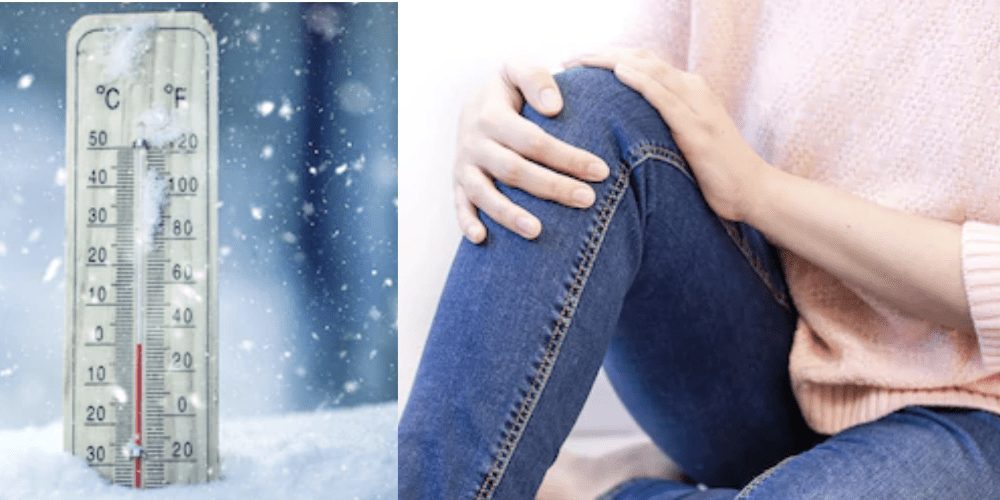


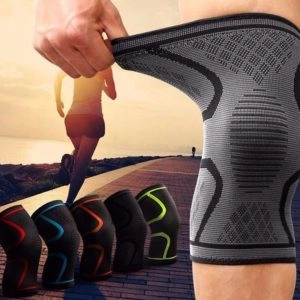
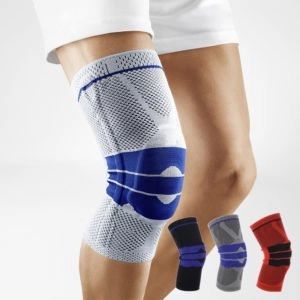
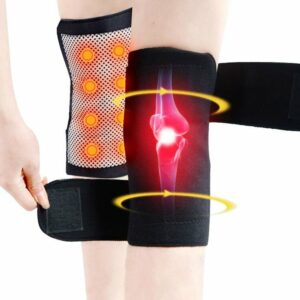
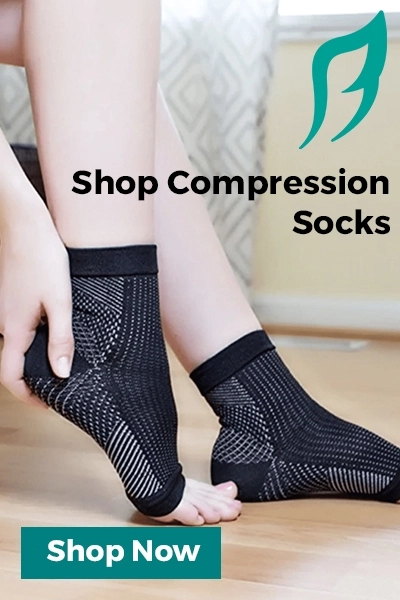

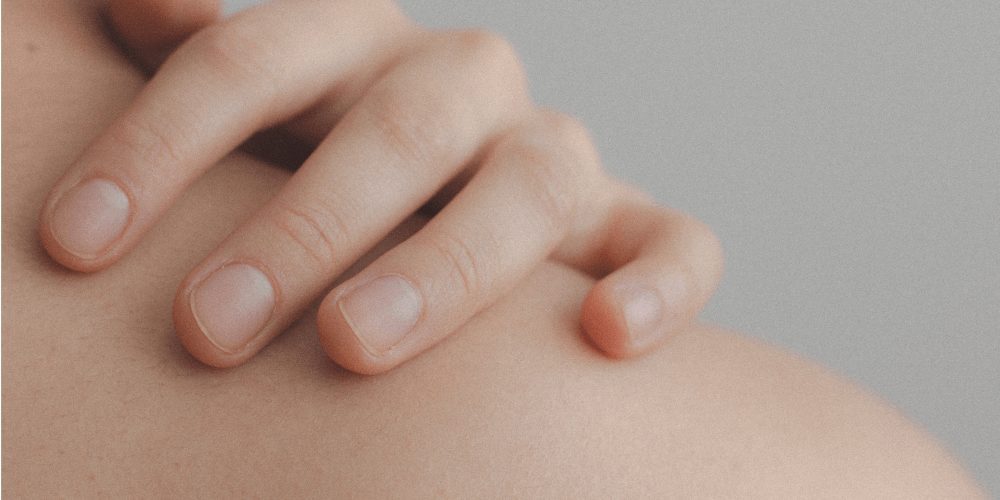
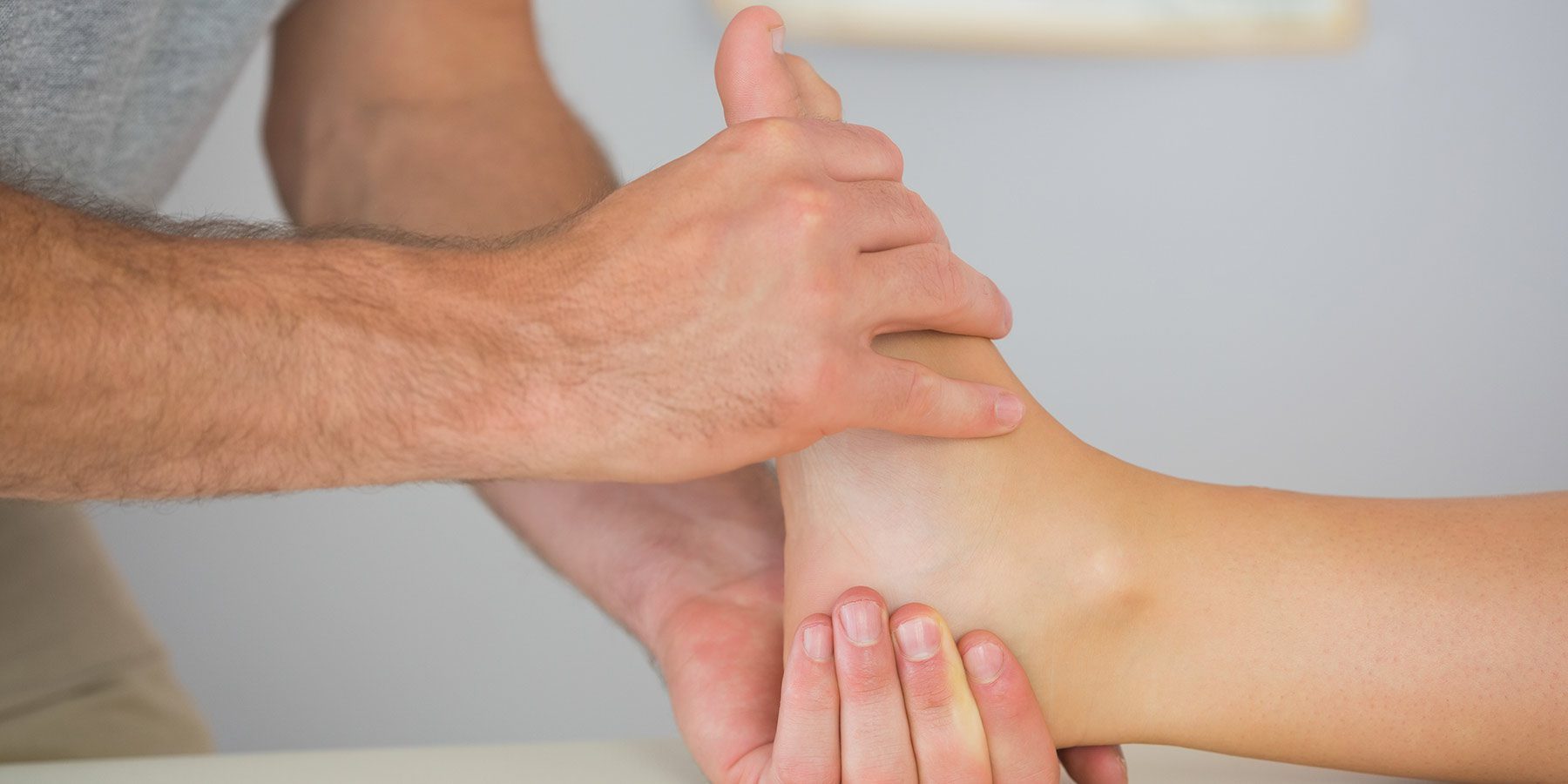
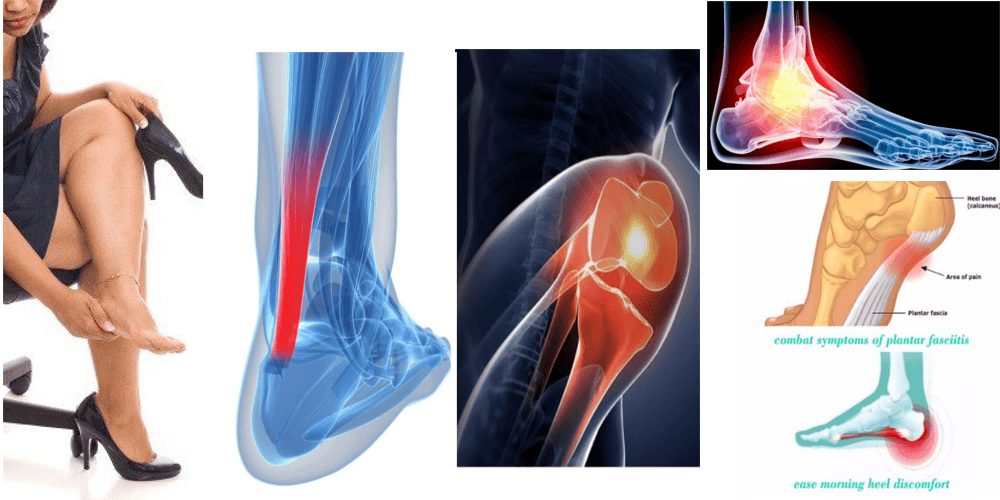
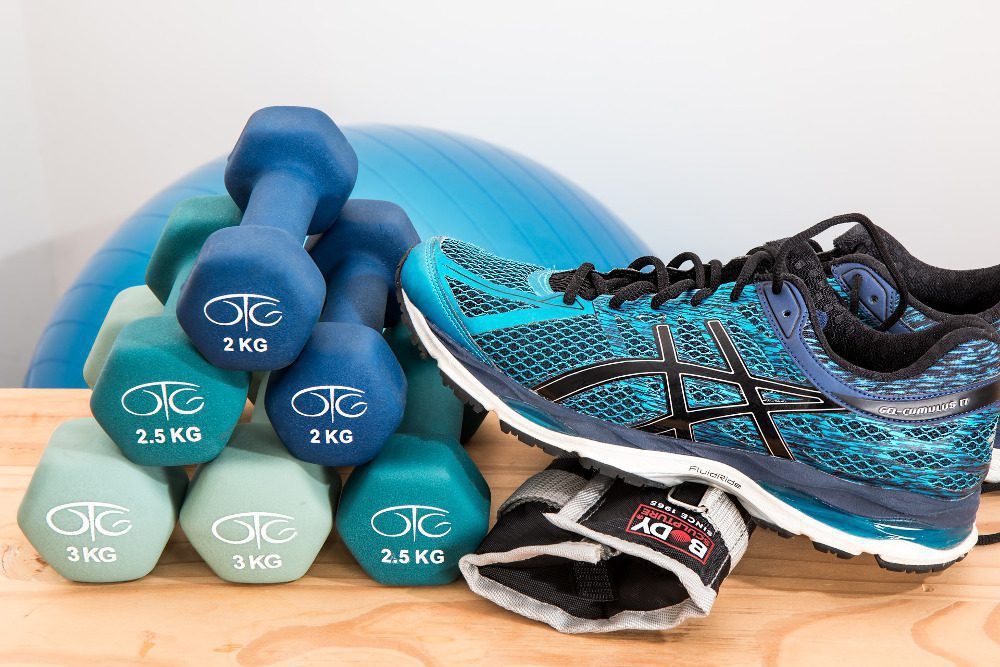

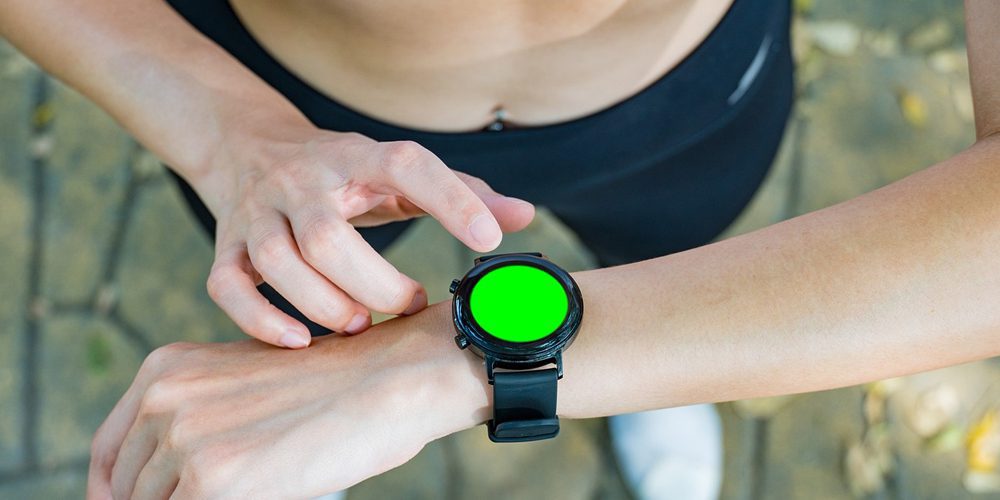
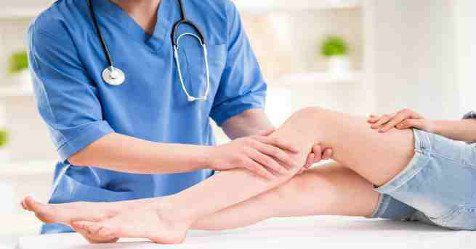

One Response
I had severe knee pain a few months ago despite taking glucosamine long term. I started taking turmeric and have had no real pain since, just the odd twinge. I have just started taking chondroitin. I am 78 years old and have problems with feet and legs but can walk short distances.